Exploring the Science Behind Red Light Therapy Mats
Red light therapy has gained widespread attention for its potential to improve various health concerns, from skin conditions to chronic pain relief. A red light therapy mat, designed for full body use, is one of the most convenient ways to apply red light therapy at home. But does it work? Numerous studies have investigated its effects, evaluating different wavelengths of light, the penetration of red and near-infrared light, and the overall benefits of red light therapy. This article reviews scientific research to determine the effectiveness of these mats and their applications.
Understanding Red Light Therapy and Its Mechanism
Red light therapy uses low levels of red light and near-infrared light to stimulate cellular function. The process, known as photobiomodulation therapy, involves wavelengths of light that penetrate body tissues, enhancing skin and muscle recovery. Research suggests that red light therapy can help reduce inflammation, promote tissue repair, and relieve pain.
The Role of Wavelengths in Red Light Therapy
Studies indicate that different wavelengths of light affect various body parts. The commonly studied 660nm red light and near-infrared wavelengths penetrate deeper into muscles and joints, making them beneficial for chronic pain conditions. Unlike blue light, which primarily targets skin conditions like acne, red and near-infrared light therapy reaches deeper layers, making it effective for muscle and joint pain relief.
Pain and Inflammation Relief: Review of Studies
A major area of research focuses on light therapy for pain. A systematic review of clinical trials found that red light therapy is generally effective in managing joint pain, including knee pain and lower back pain. Researchers discovered that light penetrates the skin and stimulates cellular repair, reducing pain and inflammation. Light therapy has been shown to improve mobility and decrease the need for traditional pain medications.
Red Light Therapy for Skin Conditions and Anti-Aging
Red light therapy treatments are also used for skin rejuvenation. Research suggests that red light therapy appears to enhance collagen production, reducing wrinkles and fine lines. Certain skin conditions, such as eczema and psoriasis, have been shown to improve with red light therapy sessions. The light energy stimulates skin repair and reduces inflammation, leading to clearer, healthier skin.
Comparing Red Light Therapy Devices
Light therapy devices come in various forms, including red light therapy panels, light therapy pads, and red light therapy belts. A mat offers a whole body approach, similar to a red light therapy bed. Like a tanning bed, it allows users to lie down and receive red light therapy on different body parts simultaneously. The best red light therapy device for home use depends on individual needs, but mats provide a convenient and effective way to experience the benefits of red light therapy.
How Effective is Red Light Therapy at Home?
Devices for home use, such as red light therapy wraps and LED light therapy mats, are increasingly popular. Research has shown that at-home red light therapy can be an effective way to manage pain and inflammation, making it accessible to a broader audience. Light intensity and wavelengths from the red spectrum play a crucial role in determining how well the treatment works.
Red Light Therapy and Medical Approval
Class II medical devices, including red light therapy products, are often used in physical therapy and dermatology. The FDA has approved certain red light therapy devices for home use, highlighting their safety and effectiveness. However, red light therapy isn’t a replacement for professional medical treatments but can be a complementary therapy.
What Research Says About the Best Red Light Therapy Picks
When choosing the device, scientific studies emphasize the importance of infrared light therapy and the proper use of red light therapy. Research suggests that the combination of red and infrared wavelengths provides deeper tissue penetration, making it particularly effective for pain relief and muscle recovery.
A 2019 study published in the Journal of Photomedicine and Laser Surgery found that patients using red and infrared light therapy for chronic pain reported a 50% reduction in discomfort after four weeks of consistent use. Another clinical trial focusing on knee osteoarthritis revealed that individuals who used a red light device three times a week experienced a 40% improvement in mobility and a significant decrease in inflammation markers.
Research also suggests that the effectiveness of red light therapy depends on the part of the body being treated. A 2021 study found that applying red light therapy to larger muscle groups resulted in better overall pain relief compared to isolated joint applications. This highlights the advantage of full-body red light therapy mats over smaller targeted devices.
The benefits of using red light therapy extend beyond pain management. A systematic review conducted by the National Center for Biotechnology Information concluded that red light therapy appears to improve skin elasticity and reduce signs of aging. This makes red light therapy devices popular not only among those suffering from joint pain but also for individuals looking to enhance their skin health.
Overall, research suggests that the best red light therapy picks should include a combination of red and infrared wavelengths, have an adequate light intensity, and allow for easy application to different body parts. While red light therapy products vary in design, the evidence strongly supports their efficacy when used consistently and according to clinical guidelines.
Potential Risks and Considerations
While red light therapy is also considered safe for most people, it is essential to follow usage guidelines. Excessive exposure to laser light or LED red light can cause temporary redness or irritation. Red light therapy isn’t recommended for individuals with certain medical conditions, such as skin cancer, without consulting a healthcare provider.
Conclusion: The Future of Red Light Therapy
The evidence that red light therapy provides real health benefits continues to grow. Research suggests that red light therapy can help relieve pain, reduce inflammation, and enhance skin health. Whether using a mat, wrap, or other light therapy devices, the results indicate promising applications for at-home use. The best red light therapy device will depend on individual needs, but the science behind this innovative treatment suggests a bright future for those seeking natural, non-invasive solutions to common health concerns.
The new device is already available in our online store. An electric mask for removing wrinkles from the face is your reliable assistant in the fight for youth and beauty of the skin. Turn self-care into a pleasure and enjoy visible results after the first procedures!

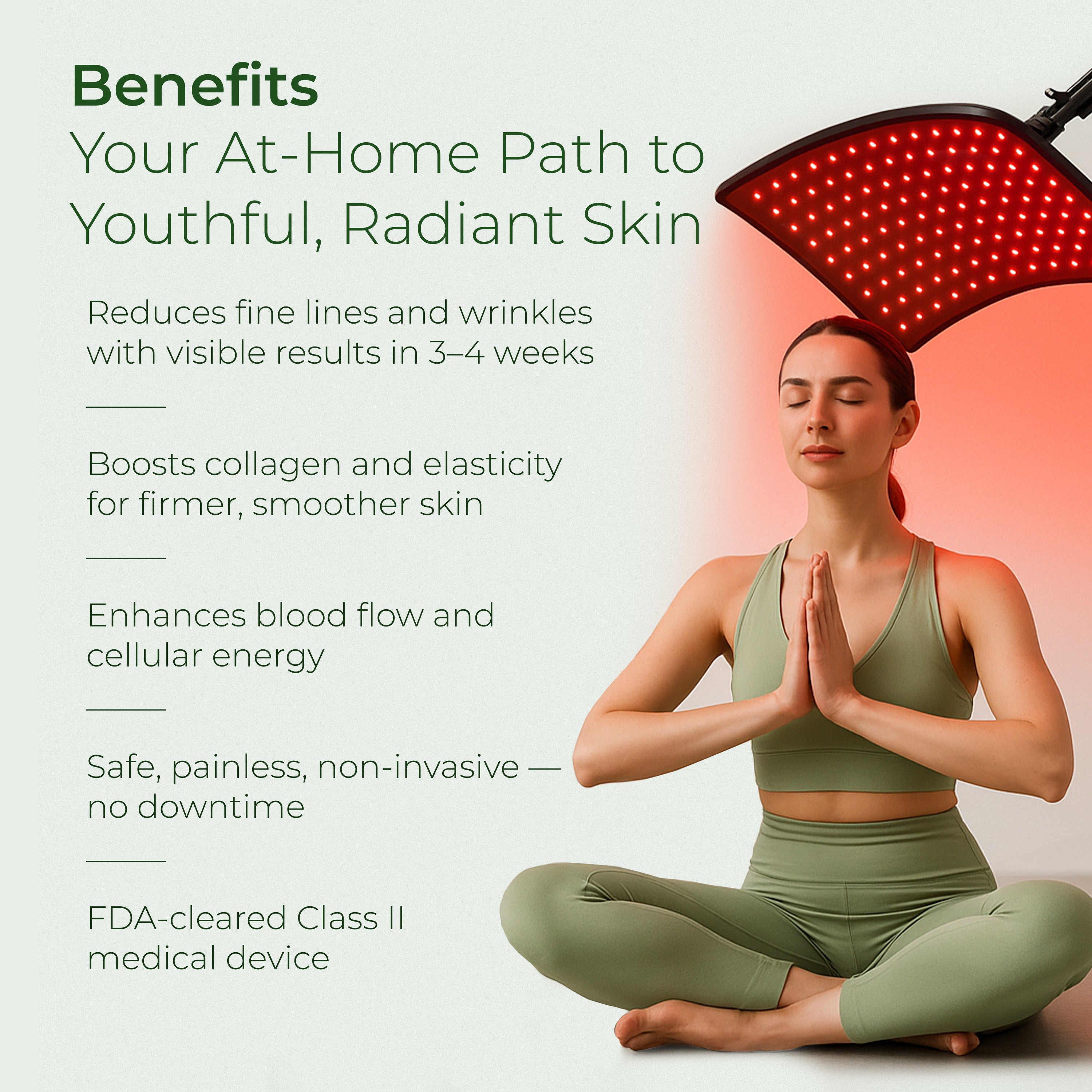
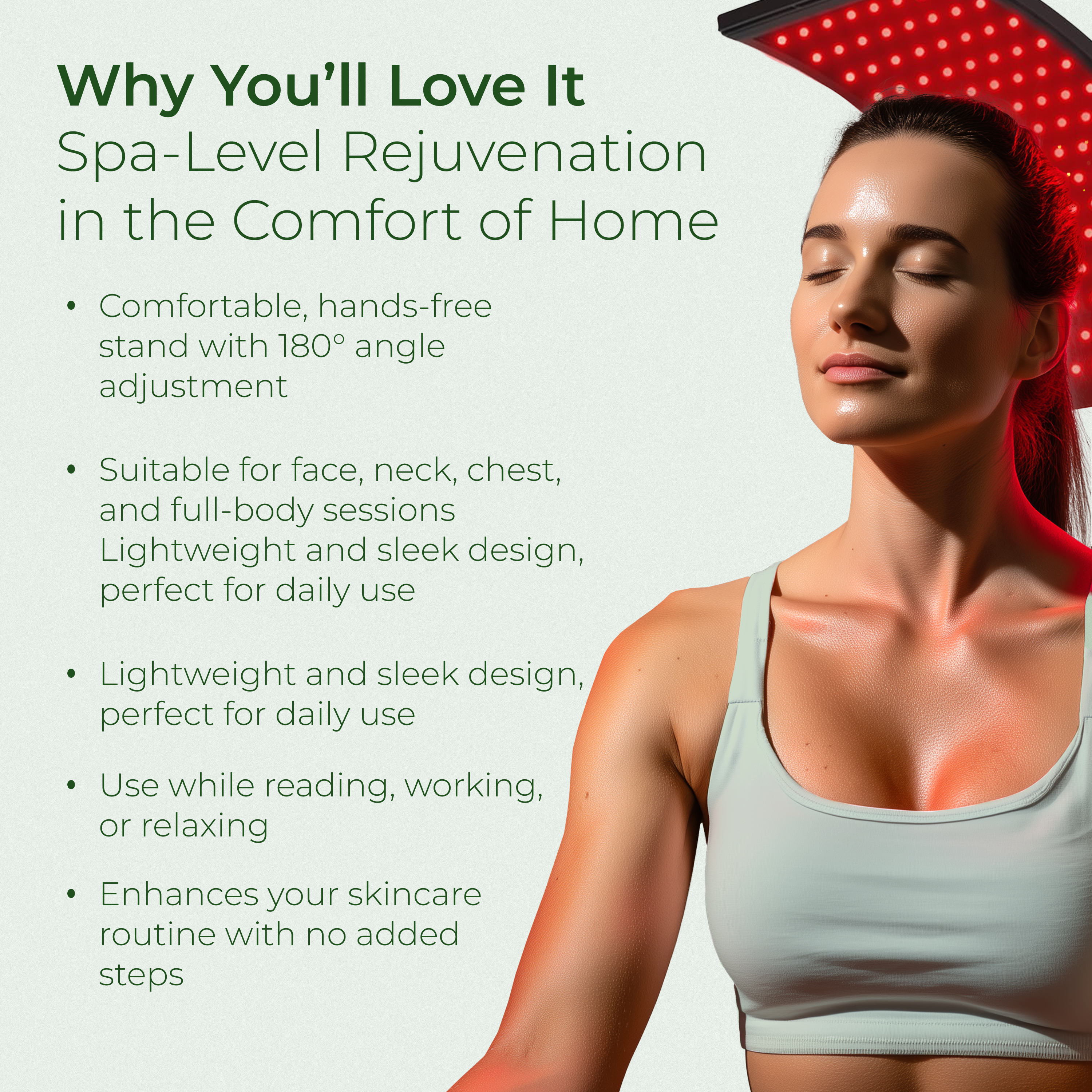

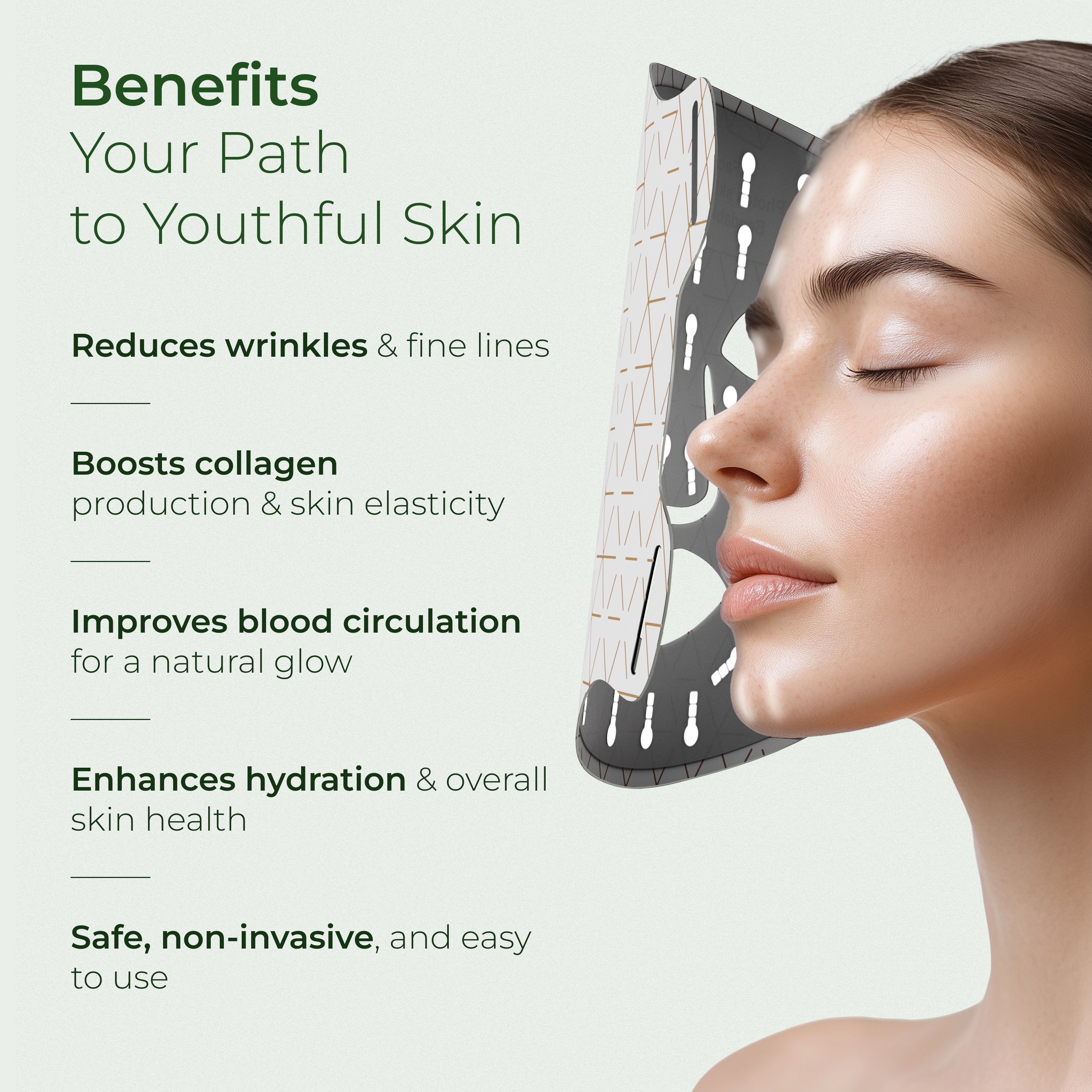


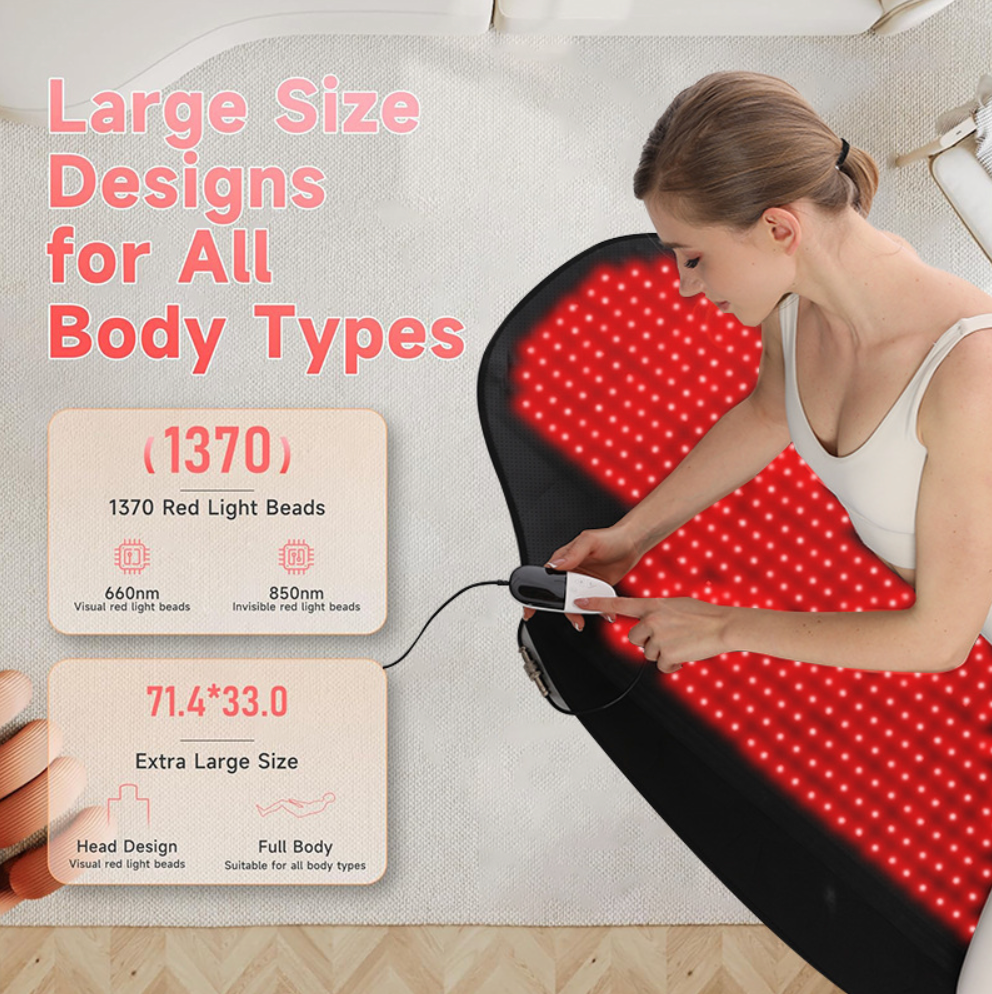
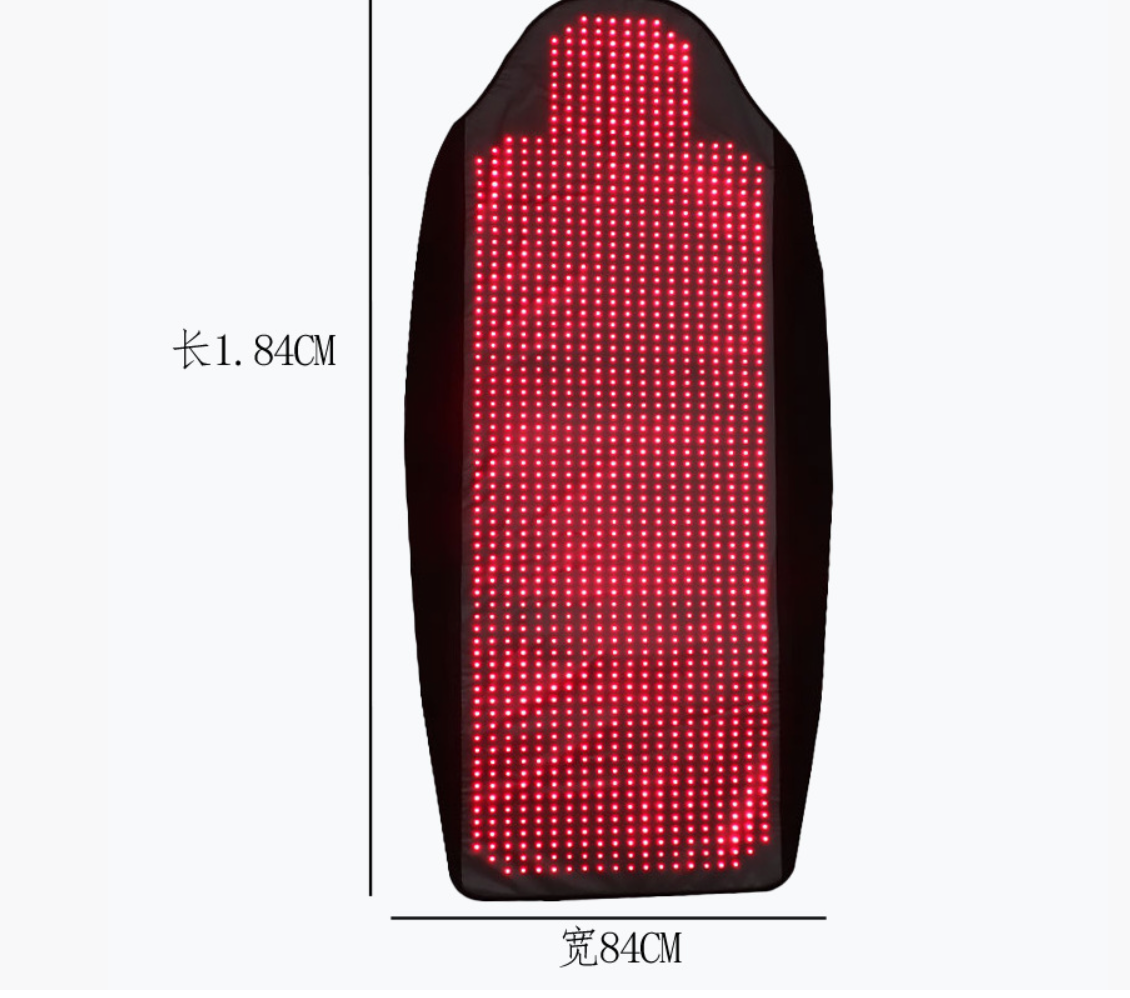
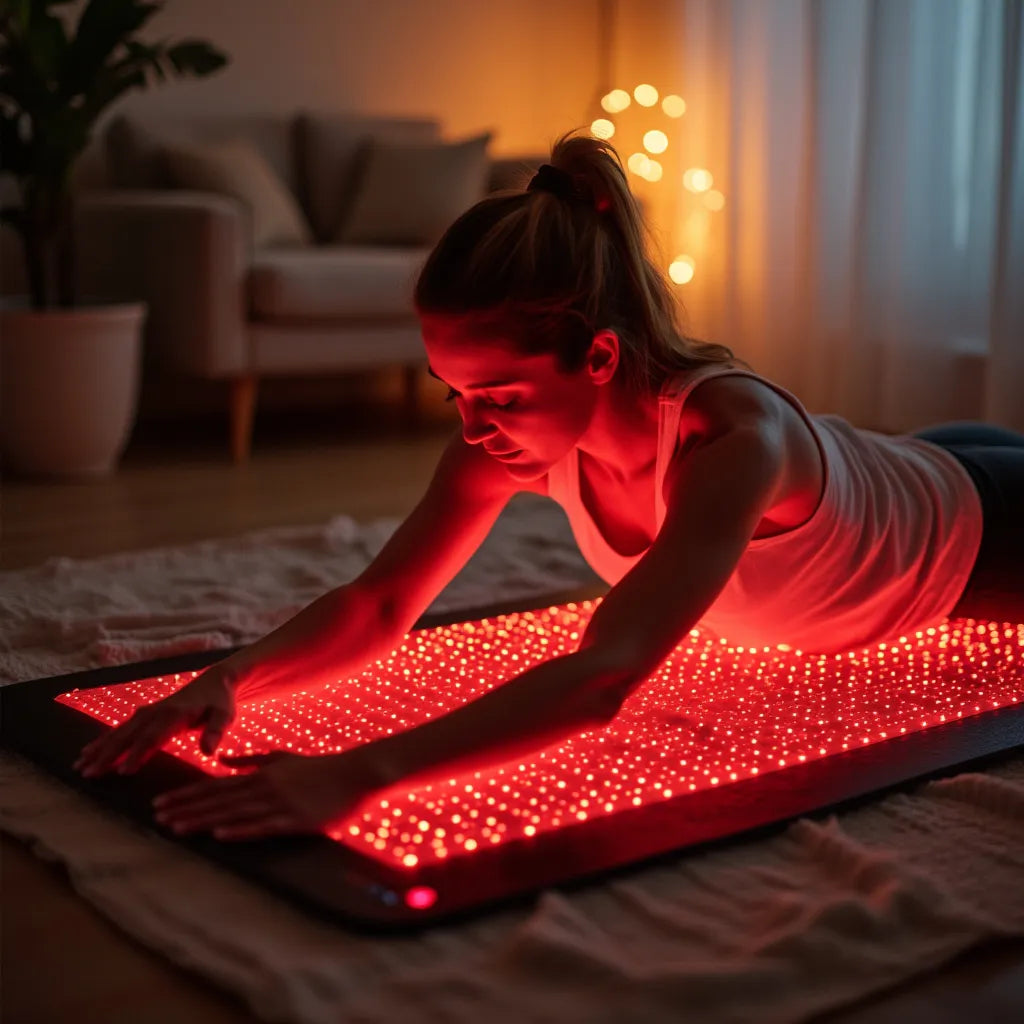
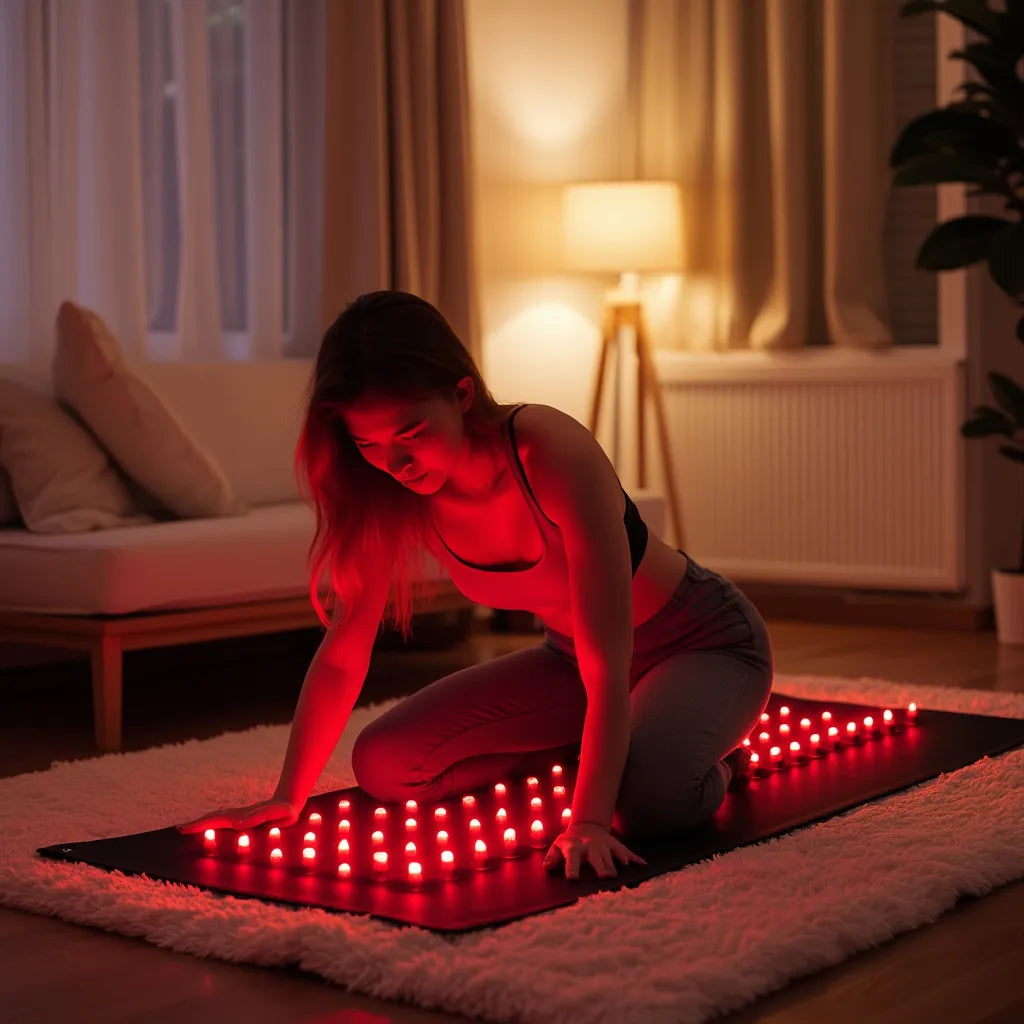
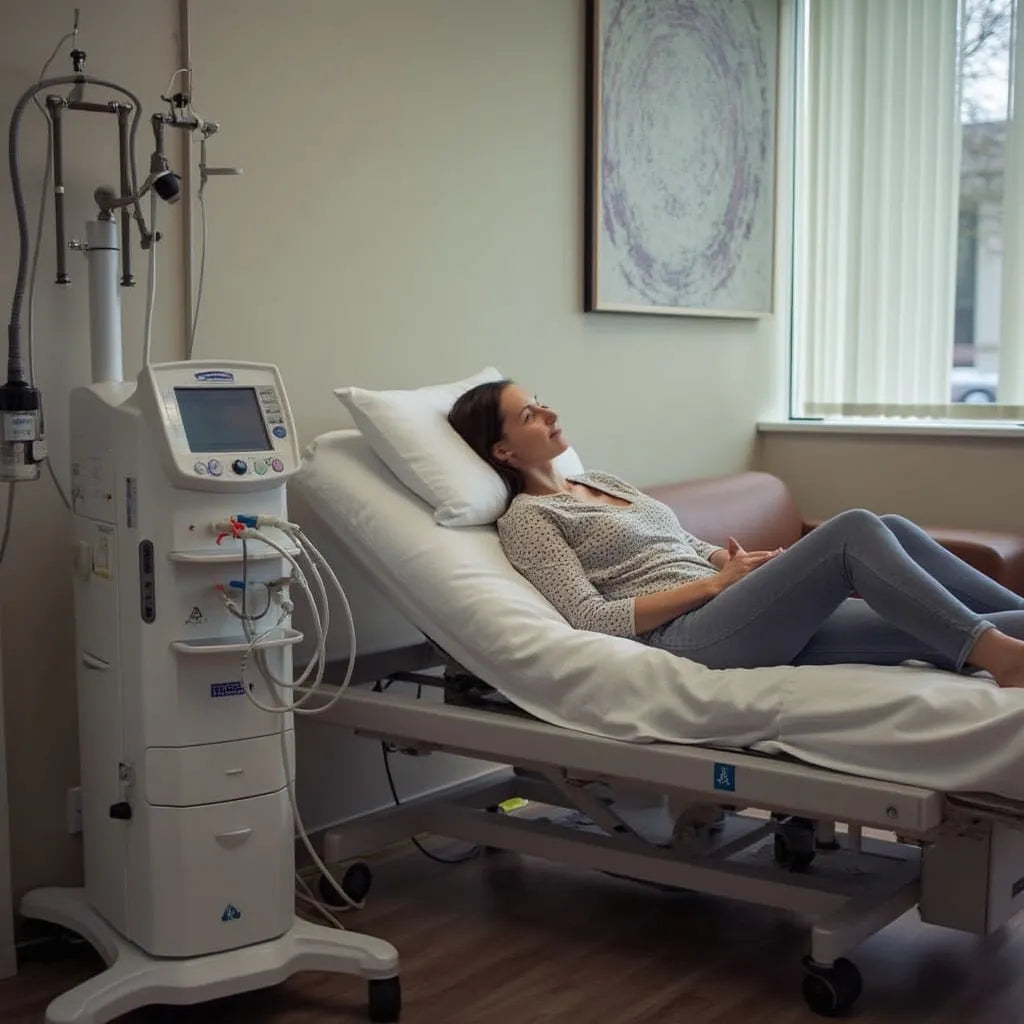
Leave a comment
This site is protected by hCaptcha and the hCaptcha Privacy Policy and Terms of Service apply.